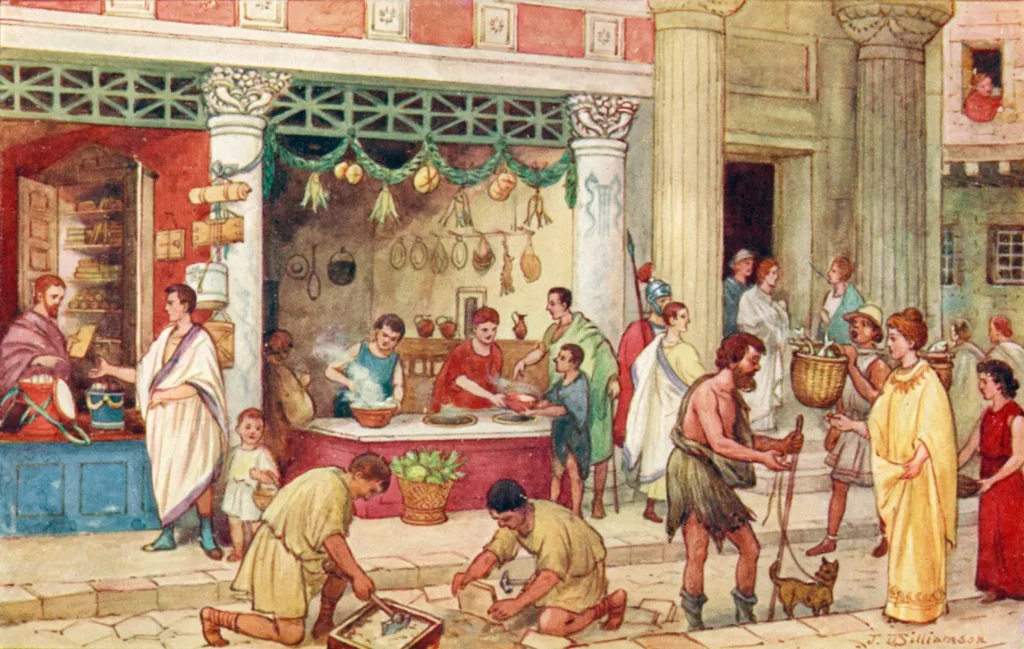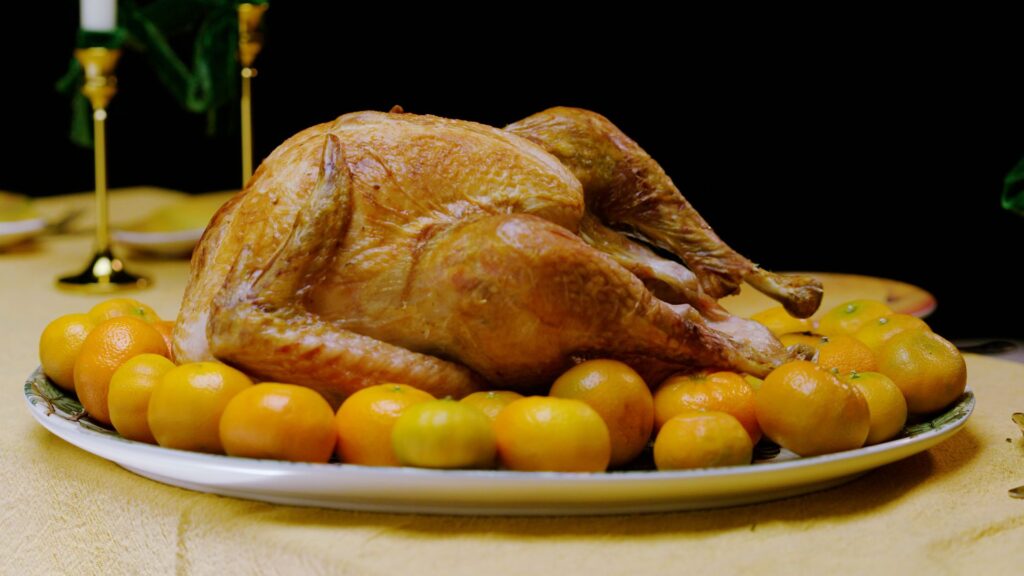New Study Reveals Ancient Romans Enjoyed Luxury Meats at Fast-Food Shops

New archaeological research is reshaping what we thought we knew about the dining habits of ordinary ancient Romans—suggesting their meals may have been far more indulgent than previously believed.
In a new study published in the Journal of Archaeological Science: Reports, researcher Alejandro Valenzuela of the Mediterranean Institute for Advanced Studies in Mallorca reveals that a popular delicacy—thrushes, small game birds once thought to be reserved for Rome’s elite—were commonly consumed by everyday people at urban food stalls.
The discovery stems from an excavation at a first-century Roman cesspit in the ancient city of Pollentia, located on the Spanish island of Mallorca. The cesspit, once attached to a Roman “taberna” or fast-food shop, yielded bones from a range of animals, including pigs, goats, shellfish—and notably, thrushes.
“The key takeaway is that thrushes, once considered a luxury delicacy, were actually part of the everyday foodscape,” said Valenzuela in an interview. “This challenges long-held assumptions and shows how archaeological evidence from waste sites can illuminate the habits and lives of ordinary Romans.”
Ancient Rome’s Original Fast Food
According to Valenzuela, the tabernae and popinae of ancient Roman cities functioned much like modern fast-food outlets—providing affordable, ready-to-eat meals for working-class residents who lacked home kitchens. These venues likely served a variety of dishes: fried or grilled meats, stews, legumes, and wine.
The preparation of thrushes, in particular, offers insight into the practical, flavorful approach to Roman urban cooking. Evidence suggests the birds were pan-fried in oil—“a common technique in dense urban environments where speed and simplicity were key,” Valenzuela explained. Fragmented breastbone remains at the site indicate the birds were flattened before frying for faster cooking.
Thrushes were likely seasoned with vinegar, herbs, and garum—a fermented fish sauce ubiquitous in Roman cuisine—and served either on skewers or in basic ceramic dishes.
More Than Just a Bird
Thrushes weren’t the only surprise. The site revealed remains of pigs, sheep, goats, fish, and shellfish, underscoring the variety in the Roman diet. Pig bones were especially prevalent, and the presence of head and foot remains suggests even lower-value cuts were utilized in broths and stews.
“Roman cooking was incredibly resourceful,” said Valenzuela. “Vendors made use of the entire animal, unlike modern Western fast food, which focuses mostly on select cuts.”
Interestingly, official records like Emperor Diocletian’s Price Edict confirm that thrushes were sold in bundles of ten—pointing to their availability and commercial viability as quick-consumption items.
How Did They Taste?
The flavor of thrushes, Valenzuela said, is “lean, slightly gamey, and rich”—more akin to woodcock or quail than to chicken. While no cooked food was found at the site, researchers continue to gain culinary insights from better-preserved artifacts elsewhere in the Roman world.
Just last year, archaeologists uncovered what may be the world’s oldest bottle of wine at a Roman burial site in southern Spain, suggesting that the culinary sophistication of the time extended well beyond elite banquets.
Rethinking Ancient Dining
This study not only challenges the notion that luxury foods were exclusive to the wealthy in ancient Rome—it also offers a vivid snapshot of the dietary diversity and cultural pragmatism that defined daily life for ordinary citizens.
“Archaeology has a unique way of letting the debris of the past speak,” said Valenzuela. “And what we’re learning is that Roman fast food was far more nuanced—and far more delicious—than we ever imagined.”
By Staff Writer, Courtesy of Forbes | June 23, 2025 | Edited for WTFwire.com
Source: New York Post
: 195







